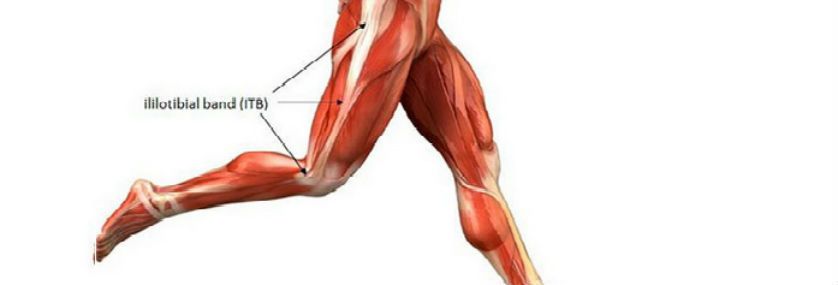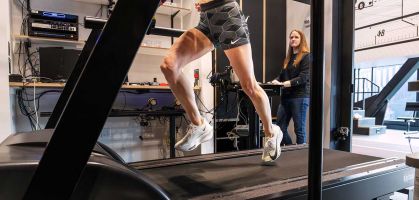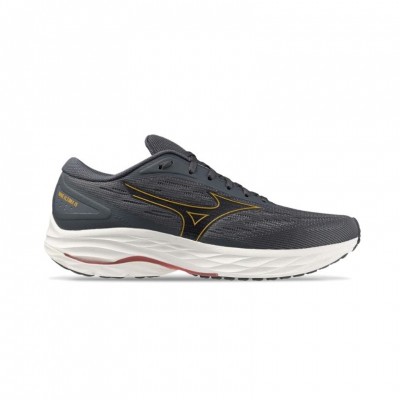For many, it is the epicenter of an annoying and painful injury, but for Carolyn Eng, the iliotibial band is an intriguing mystery that she may be on the verge of solving. This Harvard University doctoral student is the first author of two studies examining how the iliotibial band (ITB) stores and releases elastic energy to make us walk and run more efficiently. Both studies, which involved five other people, are detailed in new papers published in the Journal of Experimental Biology and the Journal of Biomechanics.
The recent study found that the human iliotibial band has the capacity to store 15 to 20 times more elastic energy compared to the precursor structure such as that of a chimpanzee. The authors of the study paid attention to the energy storage capacity when running and found that it is substantially greater when running than when walking. This is partly because running is a much more elastic gait.
What the discoverers of this recent finding do not know is whether the iliotibial band evolved for running or walking. They think it may have initially evolved for walking and later evolved again to develop a larger role such as running.
Evolution and adaptation for running
The iliotibial band is made up of a connective, elastic tissue called fascia that runs the entire outside of the thigh and is inserted from the hip to below the knee. Although often compared to tendons - both can have similar functions - fascia is made up of a sort of large sheets, while tendons are more rope-like. "Fascia is a kind of sheath that wraps around muscles, connects muscles to bone and compartmentalizes muscles with a similar function, and the iliotibial band is the largest piece of fascia in the entire human body," Eng explains.
The recent knowledge that the iliotibial band acts like a spring to aid in locomotion goes against the long-held belief that its primary function is to stabilize the hip during walking.
Unlike many physicians and anatomists, this group of researchers thought about evolution and how humans have adapted not only for walking, but also for running, so they decided to look at the iliotibial band from a totally different perspective.
Elastic energy saving and storage
When they looked at the difference between a chimpanzee and a human, they saw this large elastic band and the immediate idea that came to mind was that the iliotibial band bore some resemblance to another elastic structure such as the Achilles tendon, which could be important in saving energy during locomotion, especially when running.
The findings will be of key importance to basic science and clinical studies that seek to integrate the role of this fascial structure into sports training and rehabilitation programs.
To understand the role of the iliotibial band in locomotion, the researchers developed a computer model to estimate how much it stretches, and by extension, the amount of energy it stores, during walking and running.
A part of the iliotibial band that stretches as the limb swings back, storing elastic energy. That stored energy is then released when the leg swings forward during the stride, resulting in energy savings.
Going forward, the researchers hope to expand their study to explore how a better understanding of the iliotibial band could help athletes prevent or treat injury. Iliotibial band syndrome is a painful injury that affects many runners and cyclists, but its underlying cause is unknown. Therefore, one of the next steps is, using the computer models that Calrolyn Eng has developed, to estimate how much force the iliotibial band transmits in runners with and without iliotibial band pain. These studies could help establish a scientific basis for treating athletes with iliotibial band injuries.
Source: Harvard Gazette
Cover photo: Athletico.com
Read more news about: Running News



















